Cello Bar Chair
The Cello Bar Chair stands as a testament to the evolution of furniture design in the 21st century, blending artistic vision with practical utility to create a piece that transcends mere functionality. This comprehensive exploration delves into the various aspects of the Cello Bar Chair, from its inception and design philosophy to its construction, materials, ergonomic features, cultural impact, and future implications.
The Cello Bar Chair represents a harmonious convergence of form, function, and innovation within the realm of modern furniture. Designed to elevate both aesthetics and comfort in contemporary living spaces, it embodies the essence of meticulous craftsmanship and thoughtful design. This in-depth analysis seeks to unravel the intricacies of the Cello Bar Chair, shedding light on its design principles, construction techniques, material choices, ergonomic considerations, cultural significance, and broader implications for the future of furniture design.
Inception and Design Philosophy
The journey of the Cello Bar Chair begins with a visionary approach to furniture design, rooted in a deep appreciation for aesthetics and functionality. Inspired by the elegant curves and structural integrity of the cello instrument, the chair adopts a minimalist yet sophisticated design language. The overarching design philosophy revolves around simplicity, elegance, and ergonomic efficiency, aiming to create a piece that not only complements modern interiors but also enhances the user experience through thoughtful detailing and meticulous craftsmanship.
The initial conceptualization of the Cello Bar Chair involved extensive research and ideation to distill the essence of musical instruments into a tangible form of seating. Designers drew inspiration from the sleek lines, organic shapes, and tactile sensations evoked by string instruments, translating these elements into a contemporary chair that exudes timeless appeal and functional versatility.
Construction Techniques and Material Selection
Central to the integrity of the Cello Bar Chair is its construction techniques and material selection, which play a crucial role in defining its durability, comfort, and aesthetic appeal. The chair’s frame is crafted from lightweight yet durable metals such as aluminium or stainless steel, chosen for their strength-to-weight ratio and resistance to corrosion. These materials not only contribute to the chair’s structural stability but also facilitate ease of movement and assembly.
Complementing the robust frame are high-quality upholstery options, including premium fabrics, leathers, and synthetic materials. The choice of upholstery is guided by considerations of comfort, durability, and visual appeal, ensuring that the chair not only looks inviting but also feels luxurious to the touch. Advanced textile technologies and manufacturing processes are employed to achieve seamless upholstery transitions and intricate detailing, enhancing both tactile comfort and aesthetic refinement.
Ergonomic Considerations and Comfort
Ergonomics form a cornerstone of the Cello Bar Chair’s design, prioritizing user comfort and well-being through intuitive features and ergonomic adjustments. The chair’s seat and backrest are meticulously contoured to provide optimal lumbar support and promote a healthy sitting posture, thereby reducing strain and enhancing long-term comfort. Adjustable height mechanisms and swivel capabilities further empower users to customize their seating experience according to individual preferences and ergonomic needs.
Beyond its functional attributes, the Cello Bar Chair integrates ergonomic principles seamlessly into its design aesthetic, creating a cohesive balance between form and function. The ergonomic design not only enhances usability but also fosters a sense of relaxation and productivity, making it an ideal choice for both residential and commercial environments where comfort and style converge.
Aesthetic Appeal and Design Versatility
The aesthetic appeal of the Cello Bar Chair lies in its ability to harmonize with diverse interior styles and architectural contexts. Whether showcased in contemporary residences, upscale lounges, or corporate offices, the chair serves as a statement piece that elevates the visual ambiance of any space. Its minimalist silhouette, clean lines, and understated elegance resonate with modern sensibilities, while its versatility allows it to complement a wide range of décor themes and color palettes.
Design versatility is further underscored by the chair’s customizable features and finish options, enabling designers and consumers to tailor the chair to specific aesthetic preferences and spatial requirements. From matte to polished finishes, monochromatic to vibrant upholstery choices, the Cello Bar Chair offers endless possibilities for personalization without compromising on its core design principles of sophistication and timeless appeal.
Cultural Significance and Impact
The Cello Bar Chair transcends its functional role to embody broader cultural significance within the realm of contemporary design. As a symbol of innovation and creativity, it reflects evolving societal attitudes towards furniture as a form of artistic expression and cultural identity. The chair’s presence in design exhibitions, architectural publications, and interior showcases underscores its status as an emblem of modernity and sophistication.
Moreover, the Cello Bar Chair serves as a catalyst for dialogue and discourse on the intersection of art, technology, and craftsmanship in shaping our built environment. Its ability to evoke emotional responses and evoke sensory experiences underscores its transformative impact on how we perceive and interact with furniture in everyday life. By bridging the gap between tradition and innovation, the chair stimulates curiosity and appreciation for the artistry inherent in well-designed objects.
Sustainability and Future Implications
In an era marked by increasing environmental awareness, the Cello Bar Chair embraces principles of sustainability and responsible manufacturing practices. Designers and manufacturers prioritize the use of eco-friendly materials, energy-efficient production techniques, and recyclable components to minimize environmental impact throughout the chair’s lifecycle. By promoting longevity and durability, the chair embodies a commitment to sustainability while offering consumers a conscientious choice in furniture design.
Looking ahead, the Cello Bar Chair sets a precedent for future innovations in furniture design, inspiring designers to push boundaries and explore new frontiers in materiality, functionality, and user-centric design. Its legacy as a symbol of craftsmanship and creativity continues to resonate with design enthusiasts, architects, and consumers seeking distinctive yet functional seating solutions for evolving living environments.
Conclusion
In conclusion, the Cello Bar Chair stands as a pinnacle of modern furniture design, encapsulating the essence of elegance, functionality, and cultural relevance. From its inception and design philosophy to its construction techniques, ergonomic considerations, aesthetic appeal, and broader societal impact, every facet of the chair reflects a commitment to excellence and innovation in contemporary design.
As a testament to the transformative power of design, the Cello Bar Chair transcends its utilitarian purpose to become a symbol of creativity and craftsmanship in the modern era. Its ability to seamlessly integrate into diverse architectural settings and resonate with a global audience underscores its enduring legacy as a timeless piece of furniture that enriches the human experience.
Ultimately, the Cello Bar Chair exemplifies the profound influence of design on our daily lives, inspiring admiration, fostering connectivity, and shaping the way we perceive and interact with our surroundings. By celebrating the intersection of artistry, functionality, and cultural significance, the chair invites us to embrace the beauty of well-crafted design and envision a future where creativity and innovation continue to thrive in the pursuit of creating meaningful and impactful spaces.

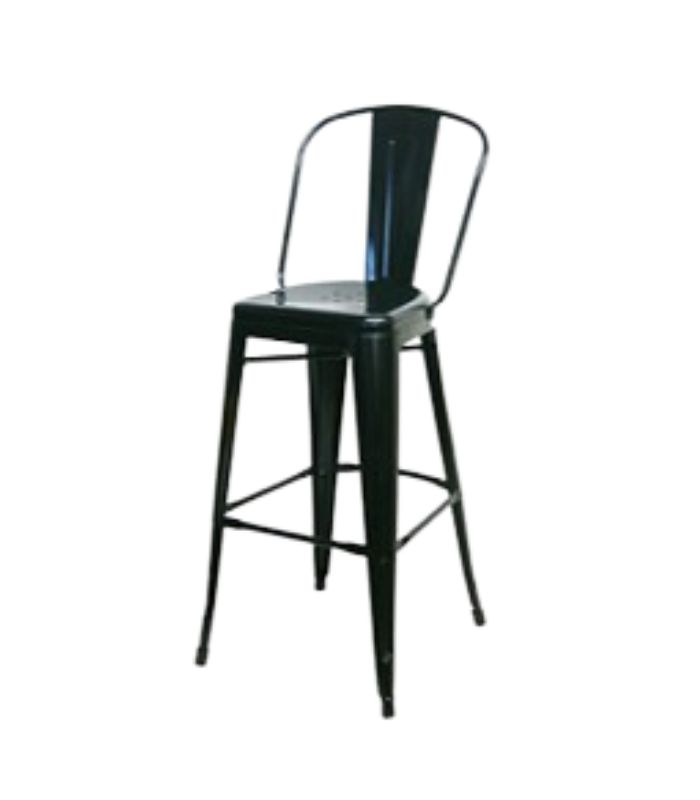
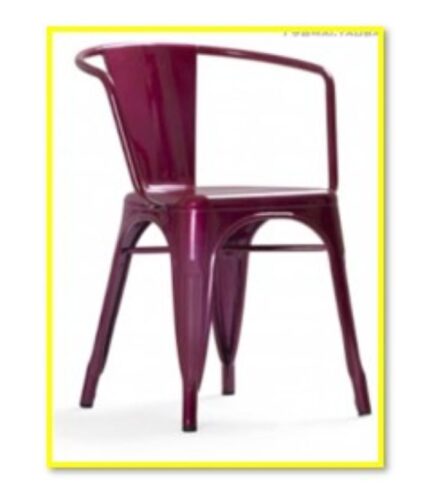




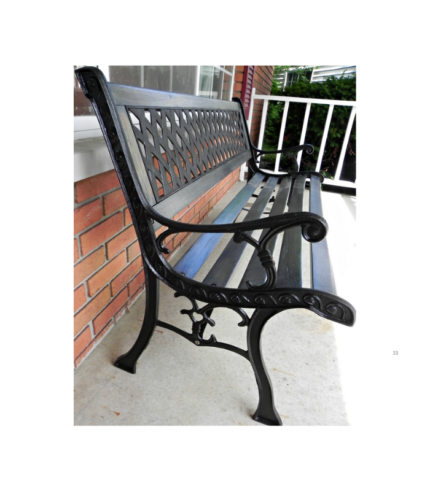
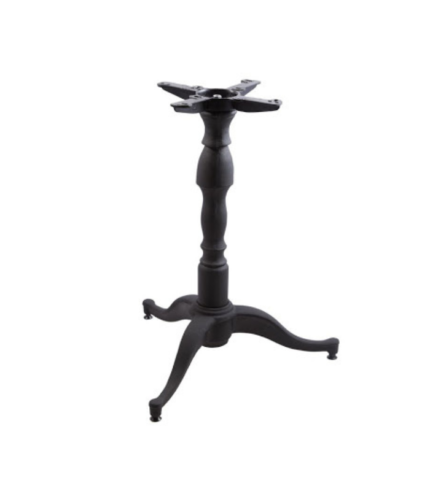
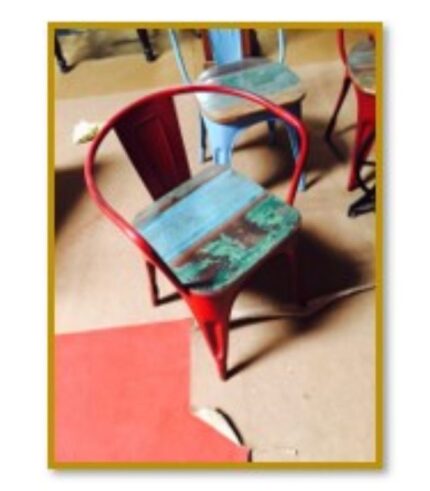
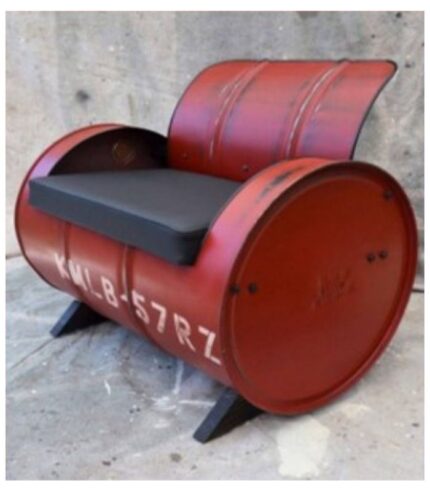
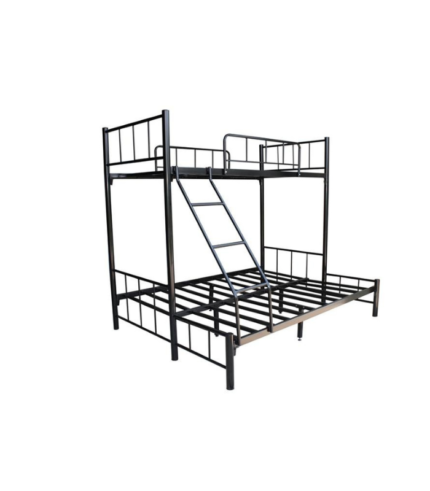

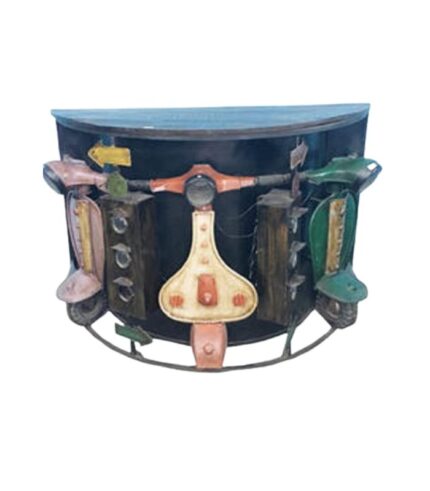









Reviews
There are no reviews yet.